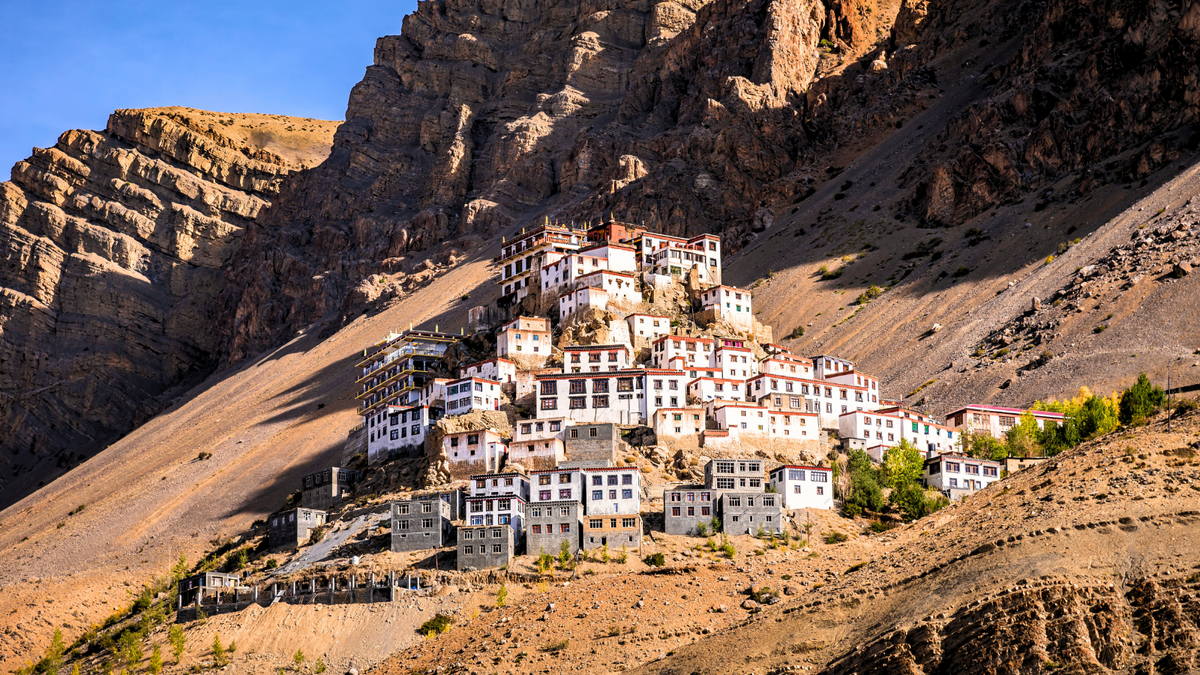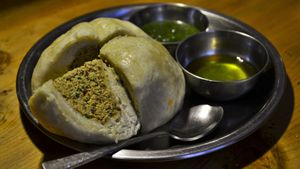The two historically independent districts of Lahaul and Spiti together up the Lahaul and Spiti district in the Indian state of Himachal Pradesh. Currently, Kyelang in Lahaul serves as the administrative hub. Kardang served as the capital of Lahaul and Dhankar as the capital of Spiti before the two districts were combined. The district was established in 1960 and, out of 640, has the fourth-lowest population in India. According to the 2011 Census of India, it is a district with the least amount of people living there.
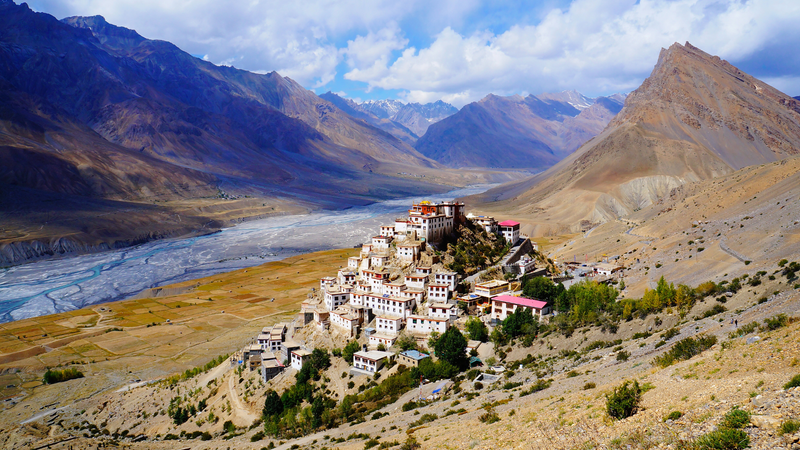
Lahaul and Spiti district, which is geographically situated in the Himalayas and the Tibetan Plateau, is connected to Manali by the Rohtang Pass. The Kunzum Pass, also known as Kunzum La, is the pass that connects Lahaul to the Spiti Valley at an elevation of 4,551 metres (14,931 feet). Chandra Tal is 21 kilometres (13 miles) away. At the Sumdo, where the road enters Kinnaur and connects to National Highway 5, 24 kilometres (15 miles) south of Tabo, Spiti comes to an end. With an average valley floor elevation of 4,270 m (14,010 ft), Spiti is desolate and challenging to traverse. The Spiti River rushes out of a gorge in the southeast to reach the Sutlej River, and it is surrounded by high mountains. With barely 170 mm (6.7 in) of annual rainfall on average, it is a typical alpine desert region.
Here are 10 places you must visit when you’re in Lahaul and Spiti
1. Chandra Tal Lake
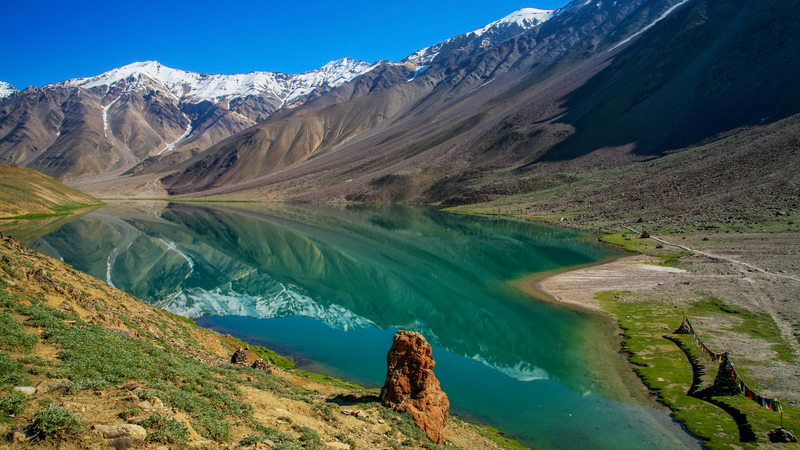
The Chandra Taal This lake, which has a crescent shape and is 4300 metres above sea level, is close to Kunzum Pass. One of the nicest spots to visit in Spiti Valley in June is this lake, which is also known as the "lake of the moon" because of its shape. The lake's hue changes throughout the day from blue, and green, to reddish, and orange; this phenomenon, together with the region's beautiful views due to June weather, adds to the scene's enchantment and panoramic quality. People hike over the Lahaul hills that surround the lake and enjoy overnight camping next to Chandra Taal, which is known as a trekker's paradise.
2. Tandi
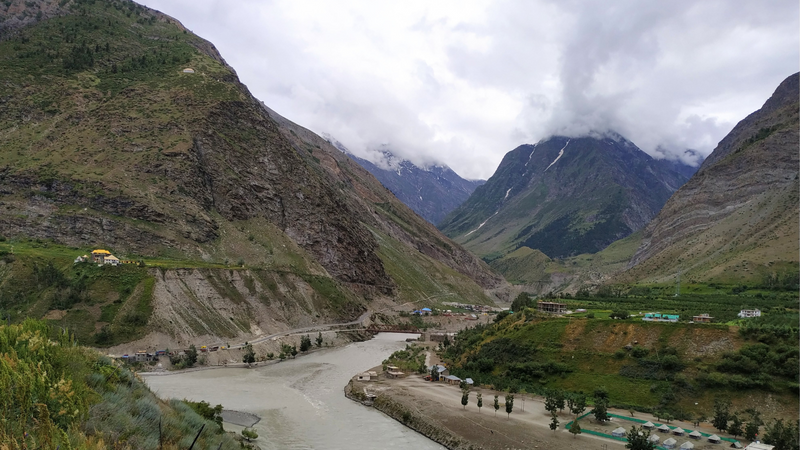
About 7 km from Keylong, the village is located above the junction of the Chandra and Bhaga rivers in the Pattan Valley. According to settlement and revenue records, Raja Rana Chand Ram created Tandi under the name Chandi, which through time became corrupted into Tandi.
Tandi is mentioned in at least three mythical tales and locals here will be happy to tell you more about these stories! If not for anything else, visit Tandi to hear about its mystical history right from the locals.
3. Pin Valley National Park
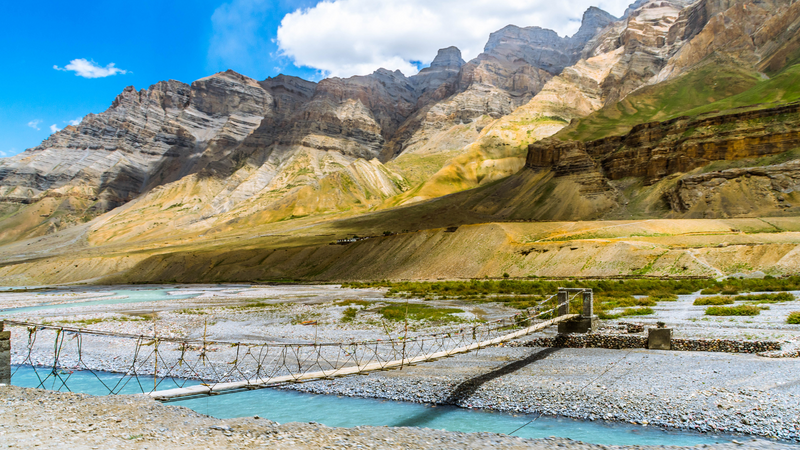
Tucked in the Himalayan mountain ranges, Pin Valley National Park is a vast and broad biosphere reserve with breathtaking scenery. If you're considering a summer trip to the Spiti Valley, Pin Valley National Park should be on your bucket list because it is renowned for being home to unique and endangered plants and animals. It's pleasant and clear outside in June, and there are many more opportunities to see wildlife. Has this piqued your interest in nature yet? So we advise you to start packing.
4. Sissu
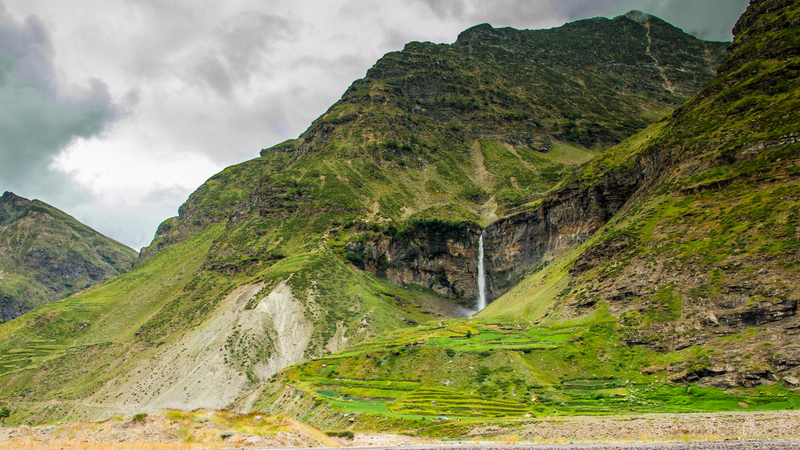
This settlement is located at a height of 3130 metres on the right bank of the Chandra River. The settlement is situated above the Chandra River in a vast, level area. During the summer, the good willow and poplar plantings on each side of the road are so dense that sometimes not even the sun's rays can get through. The potato, pea, barley, and buck wheat-covered terraces are lush with greenery. The slopes are decorated in an extraordinary feast of colours by wild roses in shades of white, yellow, and red, along with swaths of alpine flowers.
The Sissu nullah, which originates from the glaciers on Gyephang Hill, flows through a small valley just outside of the settlement. There are also two fountain stones in this village, which date to the first or second centuries AD.
5. Rohtang
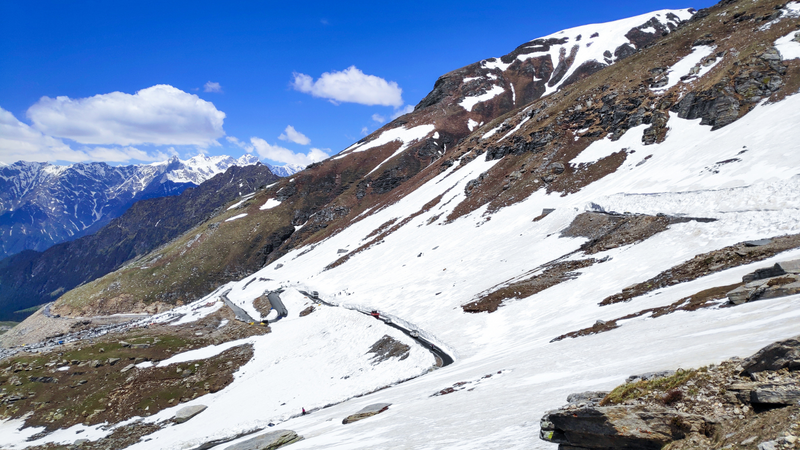
The Lahaul Valley's exotic allure is separated from Kullu by the Rohtang Pass, which is located at an altitude of 13050 feet. Rohtang means ‘a heap of dead bodies' in Tibetan, and the pass lives up to its infamous moniker. It must cost lives and property each year. This is because sudden snowstorms known as ‘Biannas’ are only to be expected after 11 a.m. The frequent avalanches make traversing the pass even riskier.
In the summer, the pass' peak transforms into a verdant meadow dotted with wild violets and other Alpine and Himalayan flower species. The attention of visitors to the Solang Nullah is also drawn by the abundance of butterflies, many of which are uncommon and have a variety of colours.
6. Suraj Tal Lake

At 4950 metres above sea level, Suraj Tal Lake is considered to be the third-highest lake in India. This emerald-green lake is perfect for trips to the Spiti Valley in June because of its breathtaking views of the Baralacha Pass, mountains, and partially frozen streams. The summers are mild and ideal for doing road excursions, biking, and other adventure-related activities. These thrilling pursuits are unquestionably some of the top things to do in Spiti Valley. So, are you prepared to start this trip in peace like never before?
7. Komik
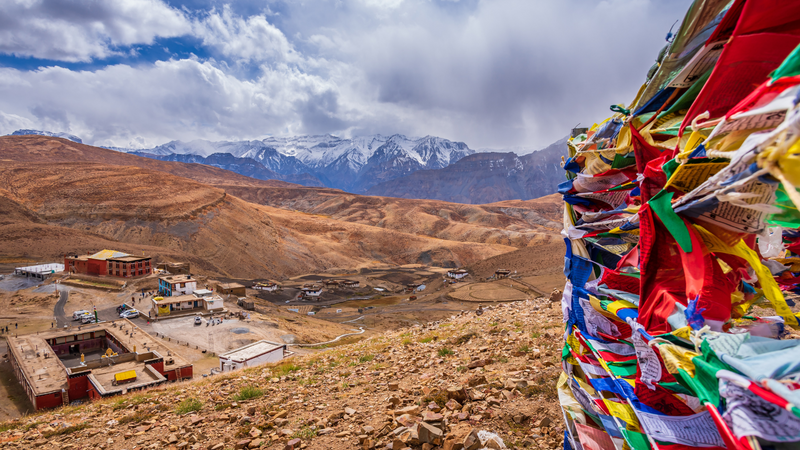
The highest motorable settlement in the world, Komik is perched at a height of 18,000 feet. Unquestionably, this is among the Spiti Valley's less well-known but most beautiful sites to visit in June. Komik is bizarre, picturesque, and equipped with the barest necessities, such as a monastery that provides lodging for travellers and an eco-kitchen (the sole café in the hamlet). The greatest season to travel is the summer since the weather is pleasant and there are clear views of the surroundings.
8. Kibber

Also known as Kyibar in the area, this picturesque village is located in Spiti. People can experience breathtaking views and participate in one of the most challenging Spiti Valley treks in June while being surrounded by towering mountains and arid stretches of chilly desert. Kibber is among the top destinations in the Spiti Valley for summer travel because of the summer's beautiful skies and pleasant temperatures. An attraction in this area is the Kibber Wildlife Sanctuary, which is home to both common and rare animals including the Himalayan Wolf, Pika, and Lynx, as well as the Tibetan Wolle Hare, Tibetan Wild Ass, Blue Sheep, and Red Fox.
9. Kungri Monastery
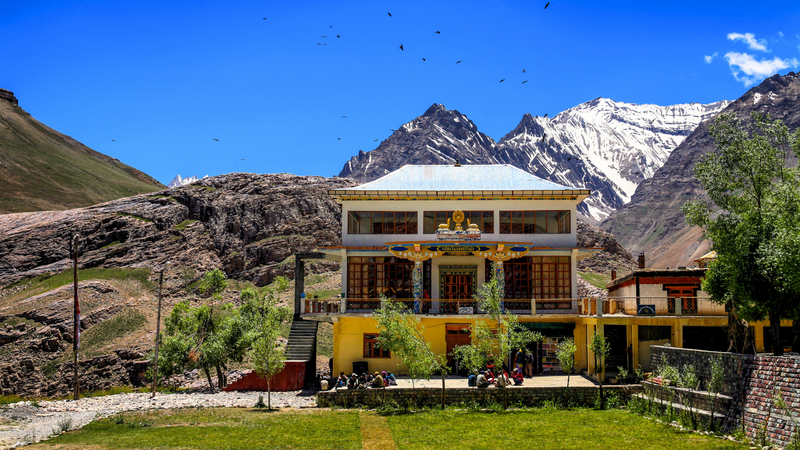
One of the oldest and most active monasteries in the Spiti region, Kungri Monastery was founded in the 14th century. Kungri Monastery exhibits many Buddhist traditions and culture through stunning artwork, silk paintings, sculptures, literature, archives, and wall paintings. It is a wonderful idea to visit this monastery in the Spiti Valley in June since you may take in the regional celebrations and performances.
10. Tabo
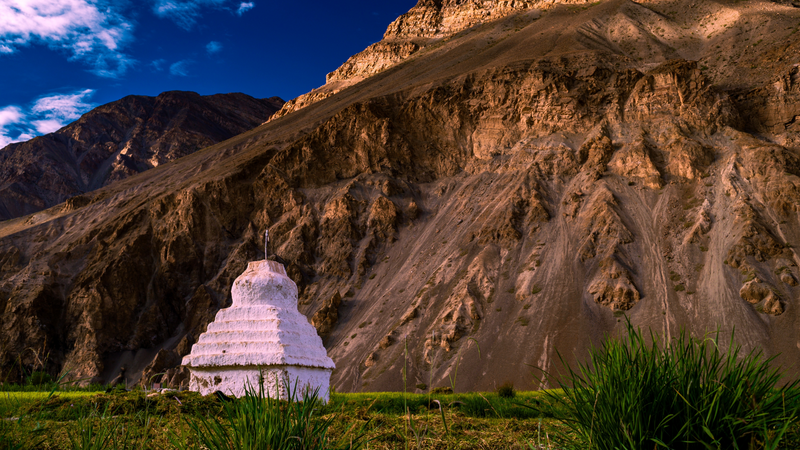
This charming village on the Spiti River's banks is one of the greatest spots to visit in the Spiti Valley in June. This charming tiny village is a favourite vacation spot for outdoor enthusiasts and nature lovers because of its deep gorges, desolate mountains, old Tabo monastery, and Tabo shrine caverns. All trekkers enjoy and find the ascent to Tabo village to be rather difficult.
Disclaimer: The details mentioned throughout this blog are sourced from publicly accessible platforms. At Zeezest, we intend to share factual and verified information. Should there be any inconsistencies or variances in the information provided, please understand that these are entirely unintentional and not meant to mislead.


